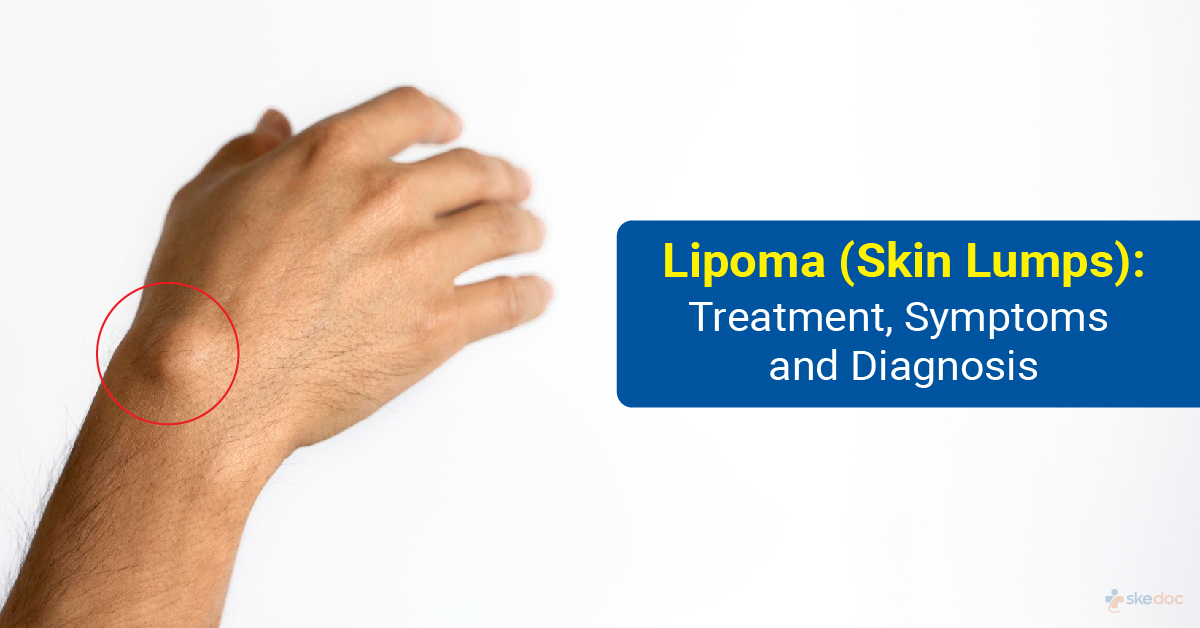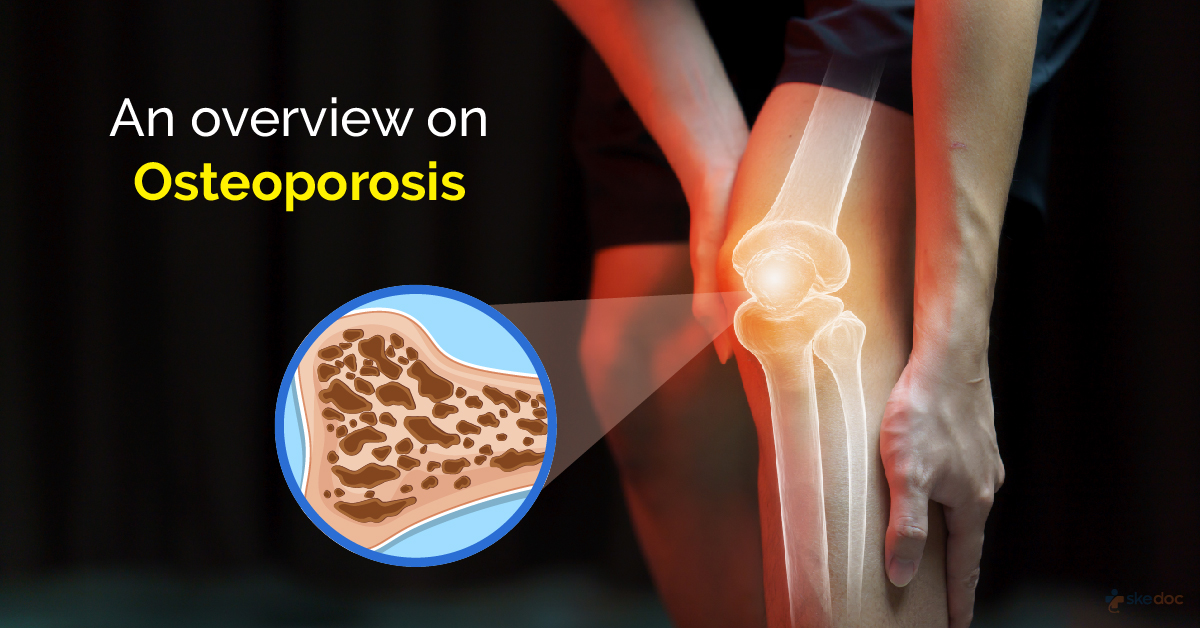- contact@skedoc.com
- About Us
- Contact Us
- Ask a Doctor
- Get the App
Online Doctor Consultation
Specialists / Super specialists / Sub specialists

Need Assistance (24/7)
040 61 62 63 64
Instant Online Doctor Appointment for 30+ Specialties

Healthcare Services from Skedoc
Getting an online doctor consultation or booking an online doctor appointment should be convenient, safe, and confidential. All healthcare concerns should only be addressed by certified doctors and experienced medical specialists. Skedoc is the healthcare assistant that provides you with the right information to choose the right specialist for your medical needs.
Getting an online doctor consultation or booking an online doctor appointment should be convenient, safe, and confidential. All healthcare concerns should only be addressed by certified doctors and experienced medical specialists. Skedoc is... Getting an online doctor consultation or booking an online d...Read more
Our Services
Find the Right Specialist
Get advanced algorithm based recommendations by selecting your location, followed by medical specialty or health condition
24/7 - Assistance
Get round the clock support from professional Skedoc staff to book doctor appointment online
Ask a Doctor
Get expert doctor opinion when you submit your health query online
Health & Wellness Topics
Information from medical experts on diseases, medical conditions, and healthy lifestyle
Medi-Quiz
How well do you know your body? Test yourself by selecting an organ and topic!!
Subscribe for Free!!
Your free Skedoc subscription brings you regular updates along with a host of benefits
Frequently Asked Questions
Your Questions & Specialist AnswersQ. I am Kishore, I have been suffering from stomach pain since 2months. Do I Need Surgery? Please Suggest me Doctor.
A.... Read more
Hi, Kishore not all stomach pains require surgery. There are multiple causes for stomach aches. You need to consult a general surgeon who will examine and ad
Q. Hi Doctor this is Ravi, from Karimnagar. I am married. I don't have any children. I've had various tests done and discovered that my sperm count is low. I enjoy smoking and drinking in my spare time. Can a low sperm count result from this habit or from another issue? and what is the main problem for low Sprem Count.
A.... Read more
Sperm count depends on so many factors...Some are modifiable, some are not... Genetic factors are not modifiable... but environmental, habits and a few other
Q. I am Kishore, I have been suffering from stomach pain since 2months. Do I Need Surgery? Please Suggest me Doctor.
A.... Read more
Hi, Kishore not all stomach pains require surgery. There are multiple causes for stomach aches. You need to consult a general surgeon who will examine and ad

Ask a Doctor
Expert Answers to Health Queries
- Type your question
- Submit your details
- Get an answer from a relevant Specialist
- Receive SMS and Email notifications
Articles by Health Experts
Regular Health Updates from Top Doctors

Relation Between Isolation and Depression
Social isolation and depression are closely related, with one often contributing to the other. Social isolation can increase the risk of developing mental health problems such as depression, anxiety, stress, and loneliness.....
Continue reading ➜Dr Bindu Gedela
Psychiatrist
Visakhapatnam

The Ideal Indian Diet For a Pregnant Women
During pregnancy, a woman's body undergoes significant changes to support the growth and development of the baby. One of the most crucial aspects of this journey is nutrition. Consuming a well-balanced diet rich in essential nutrients is vital to ensure both the mother's and the baby's health. ....
Continue reading ➜Dr. L. Pranathi
Gynaecologist
Hyderabad

Lipoma
A Lipoma is a mass or lump of fat that grows slowly between the skin and the muscle layer. It is neither hard nor soft and is not firmly fixed to its surrounding tissues. It is also not painful when touched or pressed. It is of significance to note that a lipoma is not cancer. ....
Continue reading ➜Dr. Burri Mohan Ram
General Surgeon
Hyderabad

An Overview On Osteoporosis
Osteoporosis also known as ‘porous bone’ is a condition characterized by low bone mass, microarchitectural disruption, and skeletal fragility, resulting in decreased bone strength and an increased risk of fracture.....
Continue reading ➜Dr. Rahul Sahu
Rheumatologist
Bhopal
Testimonials
Users feedback on Skedoc I like reading the medical articles and the questions and answers sections of Skedoc. It helped me understand me better and has helped me deal properly with it
- Abhilash
Booking an appointment with a doctor of your choice is very simple and quick on Skedoc. Their call support is polite, well informed and very efficient.
- Prathyusha
I appreciate that Skedoc recommends the right specialists for a medical condition based on the doctor’s qualification, experience, and relevance to a health condition and not for other reasons.
- Sandhya Reddy
I really like using Skedoc for all my family's medical needs, as it makes it so easy to find the right specialist and book doctor appointment online quickly without any hassle.
- M Praveen Kumar
Thank you Skedoc for being the best online doctor consultation app and for making sure I get medical help any time I need.
- Vaishali Tandle
Skedoc is without a doubt the best place to find certified doctors and consult top doctors online. The information I want is well organized and quick to find.
- Sai Kumar
Whether I want to find a doctor near me, do online doctor booking, or get information about a medical issue, Skedoc is my trusted app.
- Venkat Kamutam
I want to thank Skedoc and its 24/7 helpline for being my support when I was facing a serious health issue and didn’t know what to do.
- Navya
When I look up a doctor on Skedoc, I know I will only find certified doctors. The best part is that I can also consult verified doctors online.
- Ponna Neelima
I didn’t know which doctor to consult for my stomach problem. Then I found Skedoc and immediately found the right specialist to treat me
- Chandana Sruthi
I like using the Skedoc platform as it provides an extensive list of doctors. I can review their credentials and experience before scheduling my consultation.
- S. Srikanth
I am suffering from Tonsillitis and wanted to consult a doctor, other than the fact that I could book an appointment from here, this platform has helped me read and understand my situation better through their articles.
- M. Swapna

Search by all Symptoms
30+ Specialities
Book an appointment with
Best Doctors
24/7 Health
Assistance
Answers from top
Doctors
Skedoc believes that consulting the Right Doctor at the beginning will help with the right advice and save time, money, and suffering. Skedoc helps to schedule a doctor appointment online from 30+ specialties and consult verified doctors privately based on your specific medical needs. Skedoc services are free and focused on user requirements and convenience with the only intention of providing access to the best healthcare professionals and services, wherever they are.
Frequently Asked Questions
A.
Skedoc helps you consult a doctor who is relevant for your specific medical condition through the use of advanced algorithms that analyze your search words and recommend the right specialist, who is also close to your search location.
A.
Skedoc is the best online doctor consultation app that offers many benefits to doctors such as beneficial online presence, multipurpose profile, seamless appointment management, zero fees & charges, data security, and much more.
A.
Skedoc is a user friendly app that helps patients find the right specialists based on specialty, medical problem, and location, book doctor appointments, get online doctor consultation, with no additional fees & charges, data security, user profile, and much more
A.
Choosing the right qualified and experienced doctor at the right time is one of the most important things in the treatment of a medical problem, as it helps to identify and properly treat the problem in its early stages without loss of valuable time, effort, and money.
A.
Apart from offering online doctor consultation and doctor appointments, Skedoc also offers a platform where users can post their medical queries directly on the site, and receive experienced doctor responses to their queries. Skedoc also offers a huge database of medical information that is freely accessible.
A.
With Skedoc patients can search for doctors online, get online medical consultation, book doctors appointments, create custom profile, get notified of appointment changes, etc., and for doctors Skedoc is a one stop solution that helps boost digital presence, create and manage appointments with no additional charges, and stay connected with their patients.
A.
When choosing the right specialist, a patient should confirm that a doctor is a certified doctor, with a qualifications in the relevent speciality and also have the relevant experience in treating the medical problem that they are facing, has a positive response score from others, and is accessible without difficulty.
A.
For doctors appointments booking and online medical consultation, registered Skedoc users can either call the Skedoc Helpline 24/7/365 or directly call the doctors appointment booking number listed on the Skedoc website.
A.
Skedoc only lists certified doctors on its website and app, and patients can check the registration number provided on the doctors profile page with relevant medical council or organization websites to confirm the doctors qualification.
A.
Skedoc uses high end encryption and data security so that one can consult with verified doctors online privately and with confidentiality. Patient and doctor information that is entered or saved on the Skedoc website and app.





